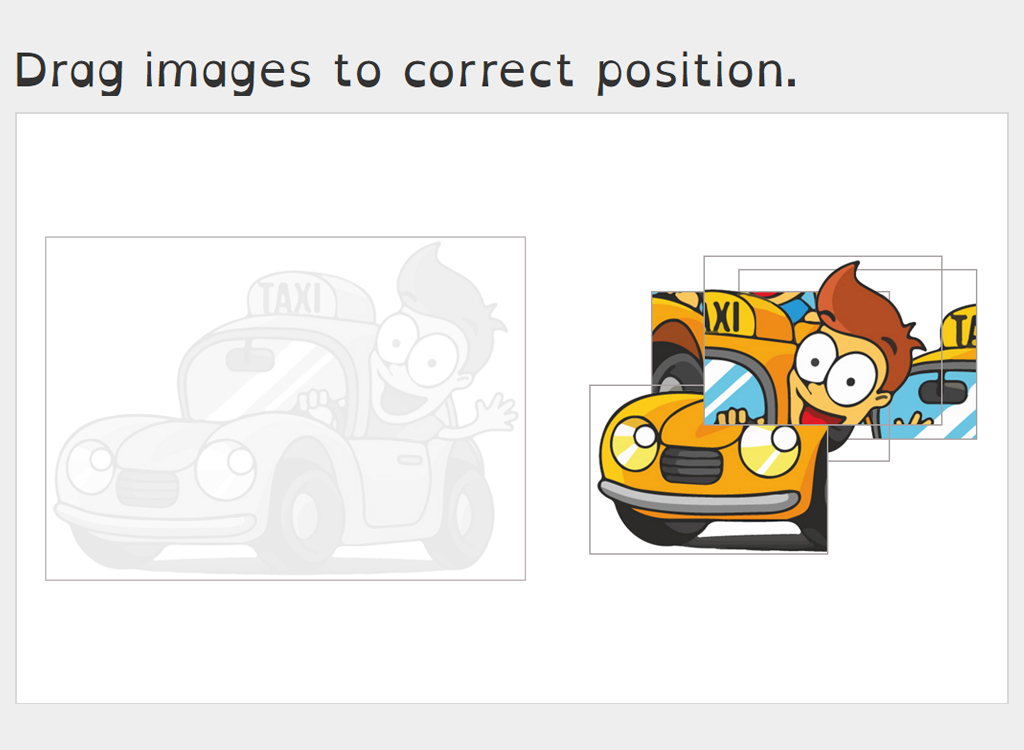Jigsaw Puzzle
Solving jigsaw puzzles is a great activity for your children. It is a good way to improve the functioning of the brain and the problem solving ability. This activity also improves visual discrimination and spatial skills/intelligence. Visual- spatial intelligence is necessary to understand shapes, patterns, designs and the relationship between objects in space.
To know more about this topic, search the net “visual-spatial intelligence” and also search the net for "visual-spatial intelligence activities”.
As you know, we have two brains- the left brain and the right brain. These two parts of the brain act differently. The left brain sphere thinks in sequence and in a logical way. The left brain is more logical. The right brain is more creative and works intuitively. It does not think step by step as is the case with the left brain. There is a sudden grasp of the solution. The right brain sees the whole picture better than the left brain. When we do jigsaw puzzles, both sides of the brain work together and there are connections among brain cells of both the spheres. We need both the halves of the brain to work together.
This activity also improves production of a chemical called dopamine in the brain. This chemical, dopamine, improves learning and memory. Not only solving jigsaw puzzles, solving any type of puzzles benefits the brain. This website offers plenty of activities which make both the left brain and the right brain to come together.
On the left side of the screen, the image of the object is shown. The child should study the image of the object very carefully. On the right side of the screen, there are several coloured sections of the image and these are to be dragged to the appropriate places on the image shown in the left side of the screen. In this way, assemble the sections to complete the picture.
Tips for Parents:
It is important that you don't sit with the child when she/he is engaged in doing the puzzle. This is to avoid prompting and to avoid showing your impatience with a child who is slow in solving the puzzle. It doesn’t matter if your child cannot solve the puzzle. Give the same puzzle after one week/two weeks/one month/ 3-4 months and so on till your child is ready to do the problem. Also give puzzles appropriate to your child’s learning abilities.
Doing things on their own without any help and succeeding in solving the puzzle gives the children the joy of learning. It is a thrilling experience for the children. So don’t spoil your child’s happiness by telling your him/her how to solve the problem.
Allow your child to progress at her/ his speed.
You can find jigsaw puzzles in Children’s magazines. You can also search the internet for jigsaw puzzles.
You can also make your own jigsaw puzzle by pasting a picture on a thick sheet of paper and cutting this picture into suitable number of pieces.

